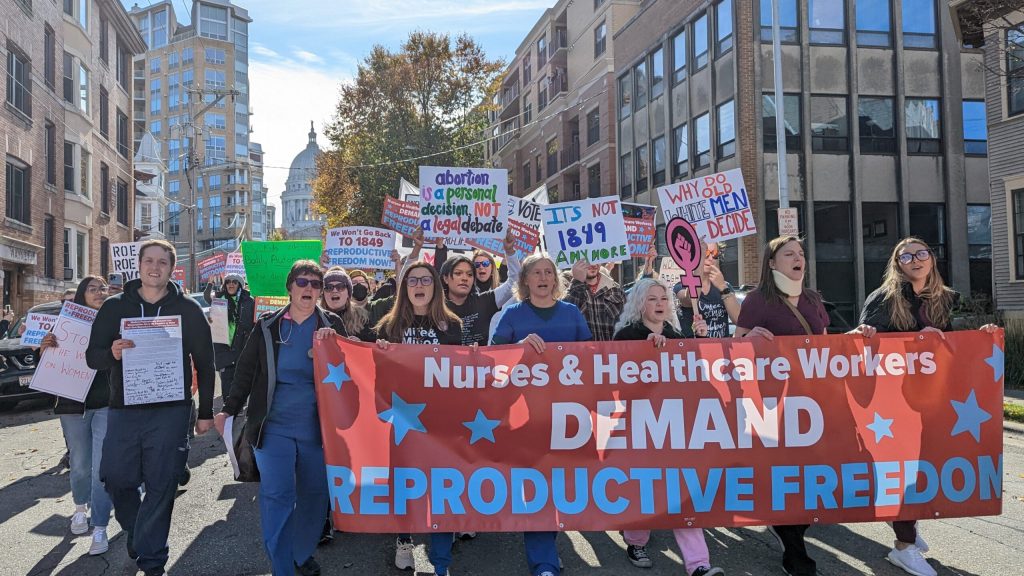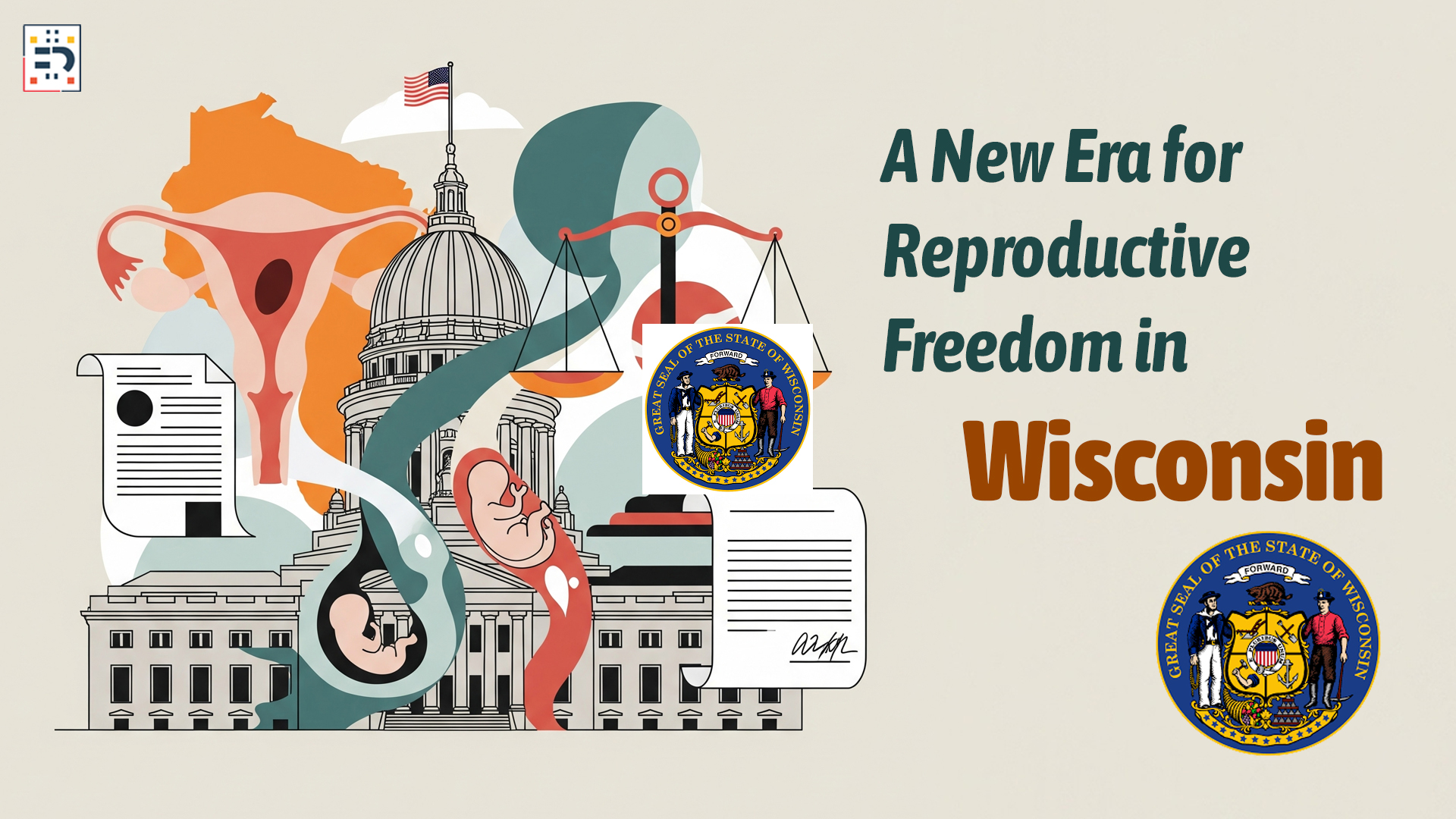Madison, WI – In a momentous decision that reverberated across the United States, the Wisconsin Supreme Court’s liberal majority has struck down the state’s 176-year-old abortion ban, a relic from 1849. The 4-3 ruling, handed down on Wednesday, July 2, 2025, represents a significant regional victory for reproductive rights with profound national implications, offering a potential blueprint for other states grappling with similar legal challenges in the wake of the Dobbs v. Jackson Women’s Health Organization decision.
The decision effectively re-establishes abortion legality in Wisconsin, with services now permitted up to 20 weeks of pregnancy, aligning with more recent state laws regulating the procedure based on fetal viability. This ruling brings a crucial sense of clarity and stability to abortion access in the state, which has been in legal limbo since the overturning of Roe v. Wade in 2022.
A Historic Ban’s Demise: The Legal Arguments
The 1849 law, enacted just a year after Wisconsin achieved statehood, made it a felony to “intentionally destroy the life of an unborn child,” with an exception only to save the mother’s life. While this law became unenforceable with Roe v. Wade in 1973, its dormant presence created immediate uncertainty when the U.S. Supreme Court overturned federal abortion protections in 2022.
The core of the Wisconsin Supreme Court’s liberal majority opinion, authored by Justice Rebecca Dallet, hinged on the concept of “implied repeal.” The liberal justices argued that subsequent state legislation over the past five decades, which regulated various aspects of abortion (such as requiring ultrasounds, waiting periods, and physician involvement), implicitly repealed the outdated 1849 ban. Justice Dallet stated that this “comprehensive legislation so thoroughly covers the entire subject of abortion that it was clearly meant as a substitute for the 19th-century near-total ban on abortion.”
This interpretation countered the argument by conservatives, including Sheboygan County District Attorney Joel Urmanski, who had sought to enforce the 1849 law, contending it remained valid and could coexist with newer restrictions. Dissenting justices, like Brian Hagedorn, criticized the majority for failing to specify when precisely the implied repeal occurred.

The Road to Clarity: A Three-Year Legal Battle
The ruling is the culmination of a three-year legal battle initiated by Wisconsin Attorney General Josh Kaul, a Democrat, shortly after Roe v. Wade was overturned. Kaul’s lawsuit argued that the more recent, less restrictive abortion laws superseded the 1849 statute. While a Dane County Circuit Judge had previously ruled in 2023 that the 1849 law banned feticide (the killing of a fetus without the mother’s consent) but not consensual abortions, the Supreme Court’s decision offers a definitive statewide interpretation.
The political landscape of Wisconsin played a critical role in this outcome. The state’s Supreme Court saw significant shifts in recent elections, with liberal justices securing a majority. The 2023 election, in particular, which saw Justice Janet Protasiewicz (an open supporter of abortion rights) win her seat, and the subsequent April 2025 election where Susan Crawford secured the liberal majority until at least 2028, underscored the public’s sentiment on reproductive healthcare in Wisconsin.
National Implications and the Future of Reproductive Rights
The Wisconsin abortion ruling serves as a powerful testament to the ongoing legal and political battle over reproductive rights in the USA. In a post-Roe America, where abortion access by state varies dramatically, this decision offers a significant precedent. It highlights the potential for state supreme courts to interpret existing laws in ways that restore or expand abortion access, even in the absence of federal protection.
For reproductive rights advocates like Planned Parenthood of Wisconsin and the ACLU of Wisconsin, Wisconsin’s decision is a major victory, providing a model for how to challenge dormant historical laws and assert the precedence of modern legislative intent. However, the fight is far from over. While abortions are now legal in Wisconsin up to 20 weeks, other restrictions, such as mandatory ultrasounds and 24-hour waiting periods, remain in effect. Advocates are already calling for further legislative action to fully protect reproductive freedom in the state. For comprehensive information on US abortion law, refer to resources from KFF or the Center for Reproductive Rights.
Conversely, anti-abortion groups have expressed deep disappointment, viewing the ruling as an act of “legislating from the bench” and a disregard for the protection of unborn life. This divergence in views ensures that reproductive rights will remain a highly contested issue, both in Wisconsin and across the nation, continuing to shape US abortion law and judicial elections for the foreseeable future. The Wisconsin Supreme Court’s decision marks a critical turning point, demonstrating that even in a fragmented legal landscape, states can carve out their own paths towards affirming or restricting reproductive freedoms.


